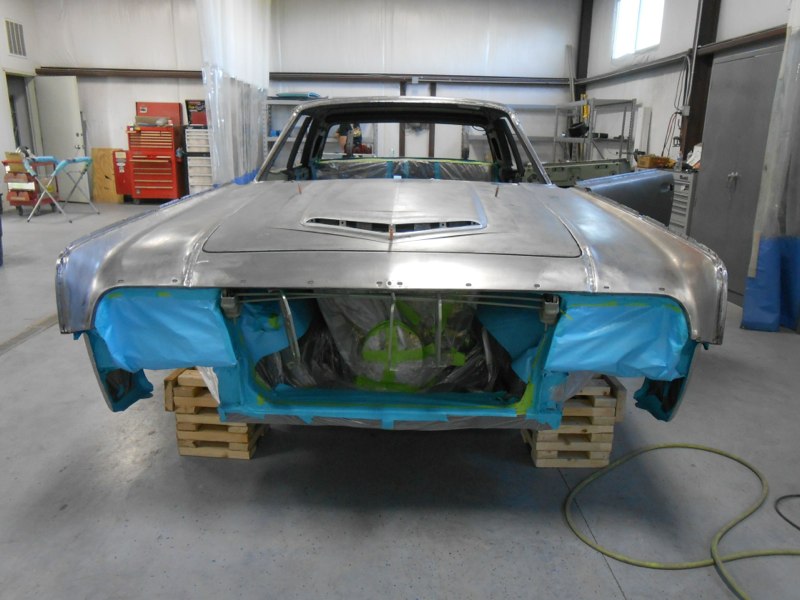How to Avoid Common Car Restoration Mistakes

There's an old saying that advises that there's more than one way to skin a cat. While that might be true, there are also quite a few ways to mangle up the job. Such is also the way with classic car restoration: You can go about it different ways, but going it the wrong way can really mess you up financially, aesthetically, and structurally. The following are a few of the more common mistakes or wrong ways of going about classic car restoration and how you can avoid them:
The Most Common Car Restoration Mistakes
- Unsafe and uncovered support system. For those trying to do part or all of a restoration on their own, the most common (and most dangerous and costly) mistake we see is not having a proper support system for working on the vehicle. This includes using everything from milk crates to cheap box store jack stands to hold up all-steel automotive bodies. This is dangerous for the most obvious reason that such systems are likely to fall and injure those working near the vehicle, but additionally this type of system can damage the vehicle itself. Before bringing home any car restoration project, it's important to have a proper place for it that's covered and includes a safe, heavy-duty support system that'll lift the vehicle up.
- Going in without a plan and continuing on with no organization. It still stuns us how many people jump into a new car project without doing any homework. While we certainly understand the love at first sight that happens with a gorgeous-looking vehicle, it is important to do your research before hauling home a big project like a car restoration. Have a mechanic look over the vehicle, get a thorough understanding of what's needed. Evaluate what you can do and what you'll need professional assistance for. Stay organized from day one with everything from papers regarding the vehicle to labeling each and every screw you take off.
- Keeping old lines and hosing -- particularly that of brake plumbing. It's no secret that car restoration can get expensive, and as such, it is tempting to keep and reuse everything that appears in decent condition. Of course, there are also those hardliner restorers who want a top-down authentic vehicle at the end of the process. While we understand both positions (and those inbetween), one place not to skimp or try to tidy up is in the brake plumbing. If you plan on ever driving your restored vehicle on the road, then you don't want to compromise safety for trying to maintain 30-year-old brake line authenticity. Especially as no one is going to see these parts anyways. So go big and get some modern replacement like StopFlex flexible braided stainless brake hoses and tubing designed for use in muscle car projects.
Need Some Restoration Guidance? Contact CHRA
For more personalized help on getting your car restoration project started safely, effectively, and affordably, contact our classic car and hot rod restoration gurus at CHRA!